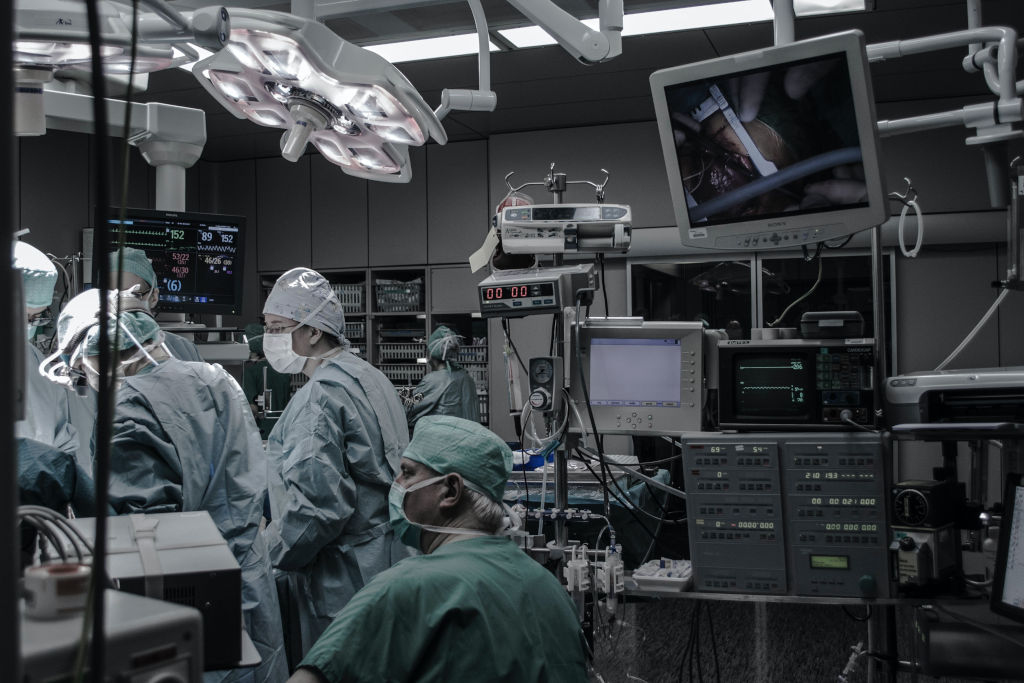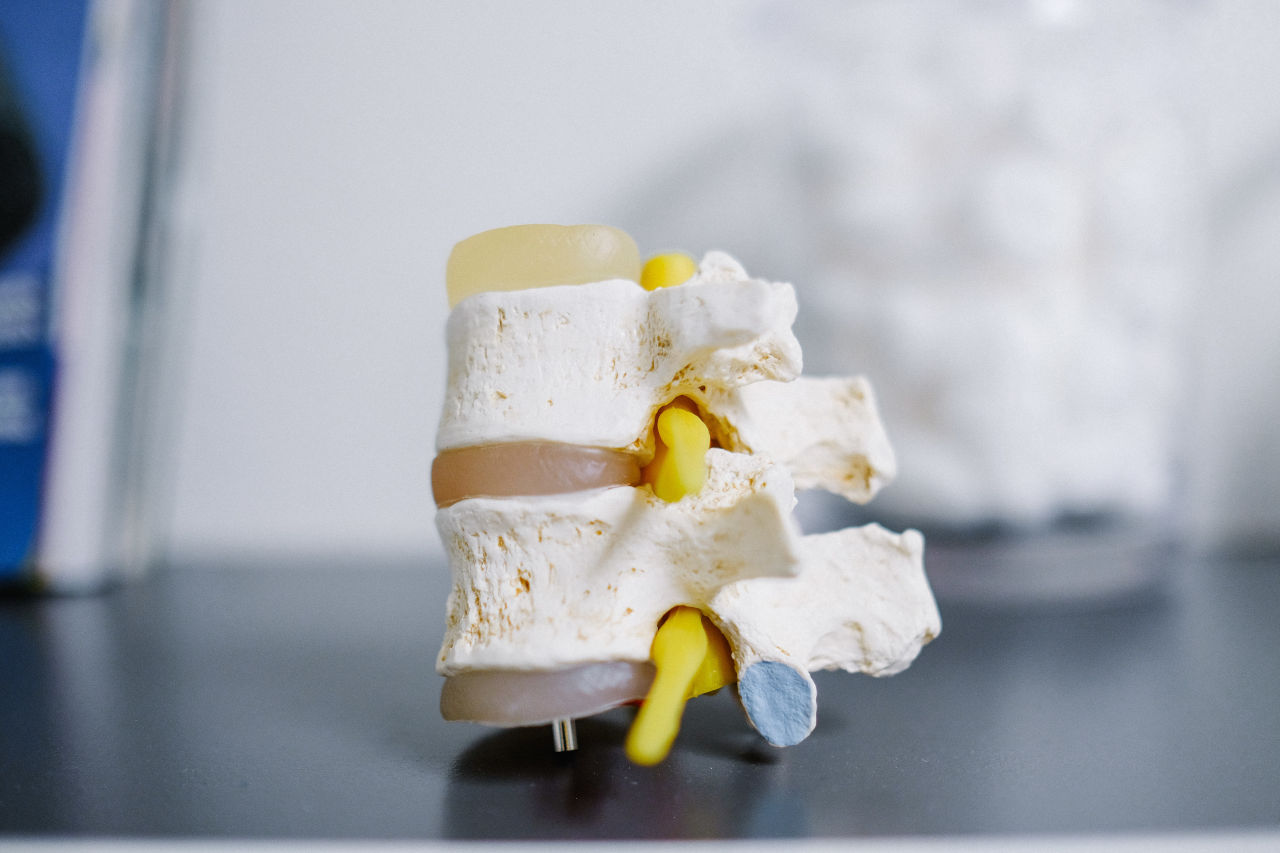A slipped disc can cause a person to experience extreme pain. Even something seemingly unimportant as a “minor” back injury, could be a herniated or slipped disc. When a herniated disc is discovered, a patient may decide to have a surgical treatment called a discectomy. During this surgery, the surgeon removes any damaged disc tissue pressing against the spine and causing the patient’s persistent pain throughout the treatment.
In the United States, about 500,000 operations are carried out a year. Yet, doctors still make costly errors that endanger the patient’s health.
What Is Discectomy?
A discectomy is a surgical procedure used to remove a herniated or degenerative disc that strains the spinal cord or radiates nerves. Discectomy can be done anywhere along the spine, from the neck (cervical) to the low back(lumbar).
Herniation of a spinal disc is the bulging or protrusion of the disc nucleus. This results in radicular discomfort to the shoulder, arms, or legs.
A person with a herniated disc will often find it challenging to carry out routine daily activities.
When performing a discectomy, an orthopedist must take precautions to adhere to the standard of care to prevent harming the patient’s spinal cord. This is because the procedure necessitates operating close to the spinal cord.
What Are Some Types of Malpractice That Can Arise From Discectomy?
Like other surgeries, spinal surgery has a certain amount of risk.
Even with the best medical team and no indication of any error or neglect, a negative outcome is still possible.
Medical malpractice happens when a healthcare professional falls short of the accepted standard of care and treatment and causes injury to a patient.
Discectomy can quickly go wrong. The spinal cord is a delicate bundle of nerves that transmits signals from the brain to the body. During surgery, a single slip, a moment of inattention, or a poor decision can generally lead to irreparable damage to the spinal cord and the patient.
Let’s consider some types of medical malpractice that can result from discectomy.

Misdiagnosis
Misdiagnosis ranks as one of the most common types of medical malpractice. A case of misdiagnosis in discectomy occurs when an orthopedic surgeon fails to perform the necessary tests and examinations to diagnose what is wrong with a patient.
When a patient with a herniated disc is misdiagnosed with some other illness or is diagnosed late, it has detrimental effects on the patient. The reason is that when a herniated disc is left untreated or is treated late, it may lead to intense pains, paralysis, cauda equina syndrome, etc.
An example is seen in the case of Kharmah v. Metropolitan Chiropractic Centre. The plaintiff claimed that medical staff misdiagnosed and improperly treated his herniated or ruptured disc while he was in the hospital. He also claimed that medical staff failed to execute a discectomy and timely order an MRI properly. As a result, the plaintiff sustained significant bodily and mental impairments.
Nerve damage
Neurons communicate information from the brain to the body through electrical and chemical impulses. A nerve may sustain irreparable harm if it is traumatized or compressed. Sensation loss in the affected body part may be caused by nerve injury. It may also result in tingling, numbness, and persistent pain. A nerve injury can also impact the brain’s capacity to interact with muscles and organs.
In a discectomy, being an invasive procedure, the surgeon works very close to the arteries. Because the nerves are exposed, it makes them susceptible to harm. Therefore, the surgeon must exercise proper caution to prevent nicking, slicing, or injuring the nerve.
It is important to note that not all nerve damages are medical malpractice. For example, there are situations where a surgeon operates perfectly, yet the patient still experiences nerve injury. However, nerve damage will be malpractice if it results from the surgeon’s or anesthesiologist’s negligence or carelessness.
Let’s consider the case of Gagnon v. St. Joseph Hospital. In this case, the defendant damaged the plaintiff’s phrenic nerve during a cervical discectomy.
Postoperative care
Hospital staff must be cautious and attentive during the recovery process following a discectomy. The patient may experience health issues far worse than those the surgery intended to treat if the medical staff neglects to closely monitor the patient’s condition and recovery after the discectomy.
Unnecessary procedure
Misdiagnosing a disk issue by a physician may lead to unnecessary surgery that doesn’t address the issue. Back operations cost a lot of money and have some dangers.
For instance, if a herniated disc is wrongly diagnosed and a fusion is done instead of a discectomy, it may harm the patient. This is because the fusion procedure permanently alters a patient’s movements and way of living.
In the case of Kostel v. Schwartz, the plaintiff suffered significant injuries as a result of the unnecessary surgery performed by the defendant.

Using Medical Animation To Illustrate Discectomy
Spinal cord injuries are severe and can have far-reaching effects. Failed discectomies can cause serious harm and necessitate legal action to settle disagreements or claims over the incident.
When a victim of a failed discectomy brings an action of malpractice to court, he has to prove certain things. Therefore, activities involving discectomy frequently call for rigorous research, thorough planning, and in-depth legal and medical understanding.
Even after all the investigation and thorough research have been made, when presenting the case to the jury, they may need help comprehending the crux of the malpractice. This is why victims of discectomy medical error should leverage medical animation in presenting their case to the jury.
One of the benefits of medical animation in malpractice cases is its ability to make the jury understand the details of the case clearly and the complex jargon in the surgical procedure.
Most times, jury members are selected from the general population. Therefore, they are not often knowledgeable about medical procedures. Hence, the key to persuading the jury is clarity of the case facts.
Hence, to achieve clarity, animation must be employed. Medical animation accomplishes this by distilling complicated concepts into a clear video or image.
Furthermore, in a discectomy malpractice action, medical animation can help establish the expert witness’s credibility. It can portray the deviation of care.
Conclusion
For a discectomy malpractice case, medical animation can prove to be a strategic tool for attorneys. However, it’s essential this form of demonstrative evidence is created accurately and without bias.
At Fox-AE, we pride ourselves as industry leaders who create accurate medical malpractice trial animation. We work closely with attorneys and expert witnesses to create demonstrative exhibits that clearly illustrate the facts and opinions of a case.






